#waterhouse
Explore tagged Tumblr posts
Text

Danaides by John William Waterhouse, 1903
#traditional art#art history#classic art#traditional painting#oil painting#19th century art#art details#art#classical art#art detail#contemporary art#artwork#1800s art#20th century art#academic art#fine art#modern art#renaissance art#drawing#john william waterhouse#waterhouse
2K notes
·
View notes
Text


The Magic Circle by J.W. Waterhouse (1886) / Funeral Flowers by Nikephoros Lytras (1901)
308 notes
·
View notes
Text


Sometimes I have to stop and recognize that I am now at a place in my life that, for a long time, I never thought I’d achieve. I own a home. I can customize it however I want and give the middle finger to resale value. How cool is that.
333 notes
·
View notes
Photo
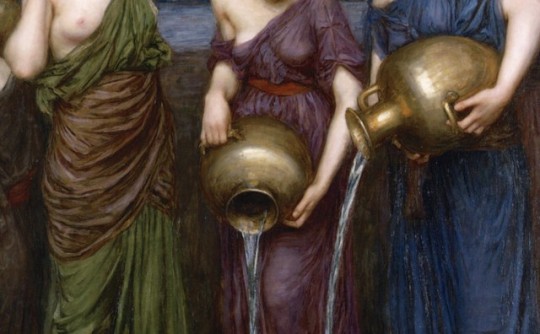
Waterhouse, The Danaides detail, 1903
2K notes
·
View notes
Text
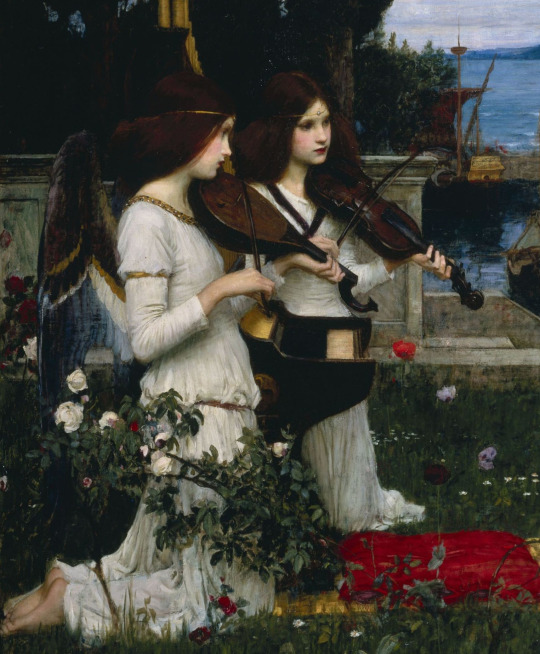
John William Waterhouse (Italian-born British, 1849-1917) Saint Cecilia, Details, 1895
#john william waterhouse#waterhouse#art#saint cecilia#angel#angels#oil painting#italy#italian#england#british#britain#british art#christian art#catholic#christianity#catholic art#spring
907 notes
·
View notes
Text



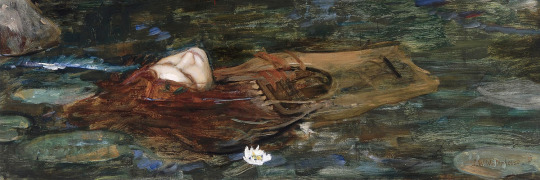


john william waterhouse' paintings headers || like or reblog if you save
#john william waterhouse#waterhouse#preraphaelites#preraphaelite#headers#twitter headers#art#art headers#blue headers
211 notes
·
View notes
Photo

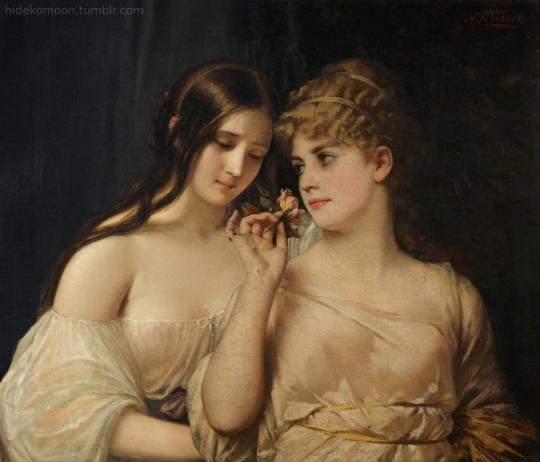
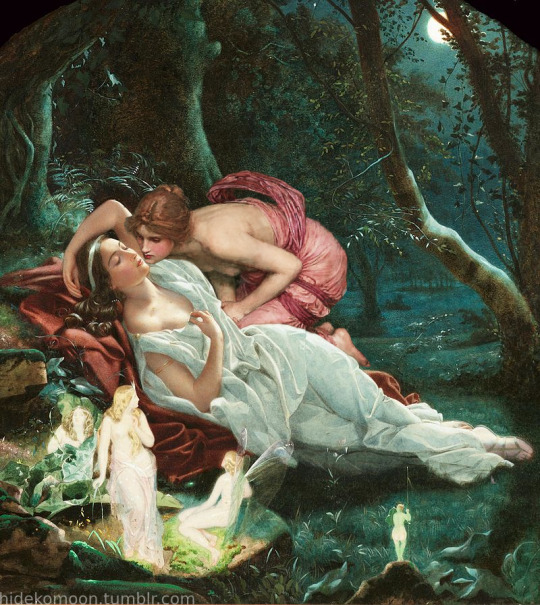
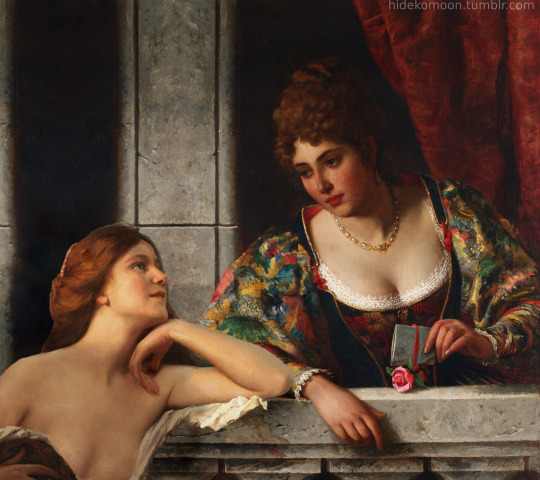
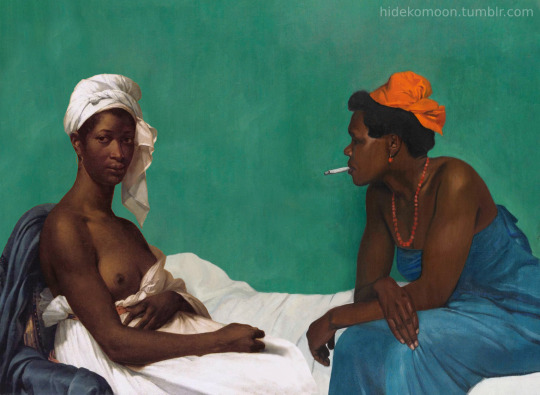
i finished the first 3 last spring and then completely gave up on this project until i completed number 4 & 5 this week. i’m kind of running out of paintings with easy poses to photoshop together but i’m gonna keep looking! (here’s my little collection of lesbian montages)
1. Evelyn de Morgan’s The Prisoner (1907-08) with Joanna Mary Boyce’s portrait of Fanny Eaton (1859)
2. Waterhouse’s The Awakening of Adonis (c.1900) and John Simmons’s Titania Sleeping in the Moonlight Protected by her Fairies
3. Portrait of a Lady by Natale Schiavoni (c.1820) with Nathaniel Sichel’s In the Time of Roses
4. A painting by Eugene de Blaas and L’Espoir by Auguste Leroux
5. La Blanche et la Noire by Félix Valloton (1913) with Portrait of Madeleine by Marie-Guillemine Benoist (1800)
#medievalcore#painting#mine#lesbian#wlw#art history#evelyn de morgan#john william waterhouse#waterhouse#fanny eaton#joanna mary boyce#pre raphaelite#academism#classical#mythology#sapphic#the first one is my favorite montage i've ever done tbh. boyce's portrait of fanny eaton is just perfect
228 notes
·
View notes
Photo
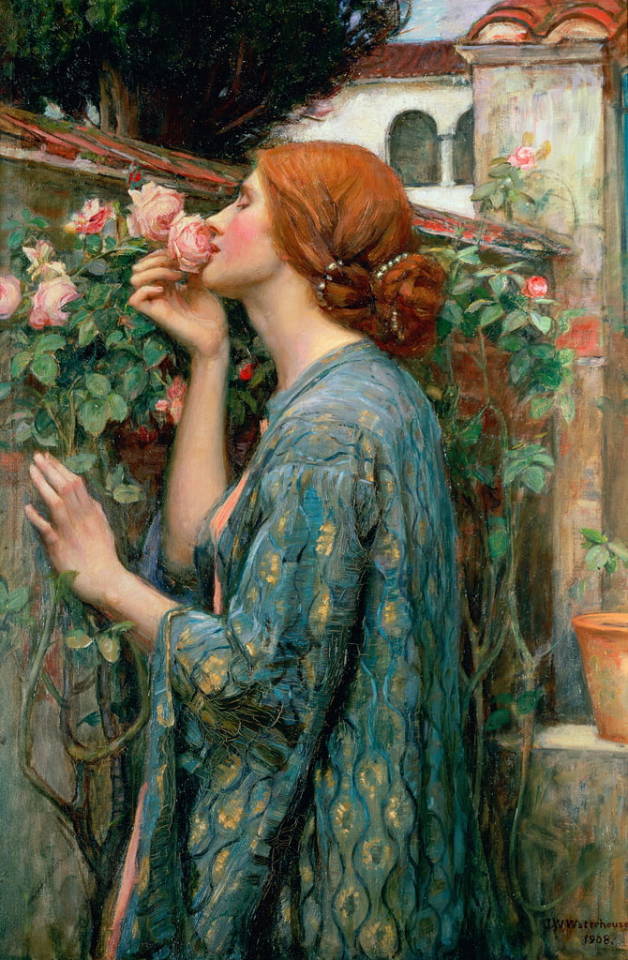
The Soul of the Rose, 1908 by John William Waterhouse
(1908, Öl auf Leinwand)
#John William Waterhouse#waterhouse#rose#roses#rosen#oil painting#oil on canvas#canvas#art#painting#famous painting#portrait#red hair#female#smell#smelling#portraits#realism#soul#seele#garden#flower garden
275 notes
·
View notes
Text
greensick
adjective /ˈɡriːnsɪk/ /ˈɡrinˌsɪk/
in pathology: refers to chlorosis (an iron-deficiency anemia formerly common in adolescent girls that may impart a greenish tint to the skin)
earliest known evidence is from 1605, in a translation by Joshua Sylvester, poet and translator
notes from: Lovesickness and Gender in Early Modern English Literature by Lesel Dawson
One of the aspects of women's lovesickness which has caused the most confusion is its relation to three other female maladies: hysteria, green sickness, and uterine fury. Although many critics assume that lovesickness is a version of one or several of these illnesses, lovesickness, hysteria, green sickness, and uterine fury are understood as separate maladies in the early modern period, with their own unique set of symptoms, stereotypical sufferers, and cultural associations. There is, however, an exception. When a woman's lovesickness develops into full-scale madness (as in the case of Ophelia), her illness is frequently seen to be related to her virginity and menstrual cycle and is thus represented as being similar to uterine disorders.
Green sickness, also known as the white fever, the disease of virgins, and from the 17th century onwards chlorosis, was thought to be an exclusively female malady, which was caused by suppressed menses and seed (also called sperm, or sperma).

Women afflicted with green sickness are held to exhibit a variety of symptoms: they are pale or badly coloured, have puffy faces and bodies, and suffer from headaches, nausea, impaired respiration, heart palpitations, and a racing pulse. They also have strange appetites, either craving odd and unusual food (a symptom known as pica) or having no appetite whatsoever. The absence of menstruation, however, remained the illness’s defining symptom. Women who were labelled as ‘green sick’ but who subsequently menstruated were rediagnosed as having an ‘obstruction of the spleen’.
Although a variety of remedies could be suggested (including phlebotomy, physical activity, a change of diet and various medicines), sexual intercourse was thought to be the most effective cure as it would open up the veins of the womb, releasing the trapped menses and seed. Young women who were believed to be green sick were thus advised to get married as soon as possible. As Helen King writes in her study of green sickness, ‘the cure for the disease of virgins was to cease to be a virgin’.

Contemporary theorists have sometimes tried to discover the ‘real’ malady behind green sickness. Clearly it has some affinity to what we now call premenstrual tension, and in later periods it is increasingly associated with anaemia and eating disorders. However, given the fact that the chief symptom of green sickness is the absence of menstruation, the condition that it most clearly resembles is pregnancy. In fact, it seems likely that, in certain circumstances, women disguised unwanted pregnancies as green sickness, an illness which simultaneously provided a justification for a speedy marriage. Once married, the hidden pregnancy could then be ‘discovered’, retrospectively confirming the doctor’s original diagnosis of green sickness; within this context, pregnancy would appear as the cure of the woman’s puffiness, nausea, exhaustion, and disorderly appetites, rather than their cause. Alternatively, women who were pregnant, but who claimed to be green sick, could ask doctors for the means with which to provoke menstruation, seeking remedies which would in effect cause an abortion.
Of the three uterine disorders, green sickness is the malady most relevant to lovesickness. Like lovesickness, green sickness is associated with a young woman’s emerging sexual appetites, emphasizing a woman’s readiness for marriage and providing a rationale for her contrary, unsettled emotions. The discourse surrounding green sickness also provides an alternative, negative way in which to imagine a woman’s virginity, countering Petrarchan and Neoplatonic traditions which grant virginity an elevated ethical and spiritual meaning. As such, green sickness reinforces the MISOGYNISTIC VIEW that women are fundamentally incomplete without men, suggesting that a woman’s virginity, rather than being the sign and source of her rational self-mastery, is an unnatural state prone to illness.

Green sickness furnished writers with a negative way in which to view virginity, allowing predominately male writers to denigrate overly chaste maidens as sickly or ‘stale’.
In Fletcher and Massinger’s The Elder Brother (1637), Lewis’s derogatory reference to green sickness as a debilitating illness associated with inexperienced young women is the standard way in which the illness is viewed in the early modern period. There are, however, some exceptions. Edward Herbert of Cherbury and Thomas Carew write poems that prettify the malady, depicting it as an erotic innocence that guarantees the woman’s sexual purity. Their poems portray green sickness as a state of sexual ripeness, which enhances the woman’s ethical status as well as her physical allure.
If green sickness reveals the peak of a woman’s sexual development, it also warns how quickly this ripeness will transform into rottenness if the sick virgin will not submit herself to her lover’s cure.

“If you have not died in the womb, or fallen prey to infant mortality, or to a young girl's greensickness, or to the dangers of childbirth, or if persistent pregnancies and perennial breeding have not worn you to a shadow, and you have not dwindled into a premature grave, then if war, sickness, accident or disease all keep their distance, your chances may be strong for a long life.” ― Elspeth Marr, Aunt Epp's Guide for Life: Miscellaneous Musings of a Victorian Lady
Elspeth Marr (1871-1947)—also known as Aunt Epp—was the great-great-Aunt of author Christopher Rush, who only knew her for two brief years before her death. She lived in the Kingom of Fife, Scotland, where she wrote copious letters and diaries to an unnamed "young girl" in her life. Those documents, which remained undiscovered for years, form the basis of Aunt Epp's Guide for Life.
Sources: 1 2 3 4
#greensick#greensickness#writing prompt#words#literature#writeblr#linguistics#language#langblr#studyblr#dark academia#writers on tumblr#poetry#poets on tumblr#spilled ink#writing resources#art#ophelia#creative writing#writing notes#girlhood#lit#lessel dawson#elspeth marr#waterhouse#john everett millais#alexandre cabanel
55 notes
·
View notes
Text

Diogenes, John William Waterhouse (1882). Art Gallery of New South Wales in Sydney.
#art#art history#artists on tumblr#aesthetic#painting#diogenes#waterhouse#john william waterhouse#oil on panel#oil painting#oil on canvas#19th century poetry#film photography#19th century#19th century painting#19th century art#1800's#1800s#1800s art#late 1800s#1800s painting#victorian#victorian era#pre raphaelism#pre raphaelite brotherhood#pretty#classical art#classic painting#artwork
43 notes
·
View notes
Text

John William Waterhouse - The Siren, 1900
#traditional art#classic art#traditional painting#oil painting#art history#classical art#art detail#art details#art#19th century art#contemporary art#artwork#1800s art#20th century art#art nouveau#academic art#fine art#modern art#renaissance art#victorian art#vintage art#waterhouse#john william waterhouse#siren art#siren#mythology art#mythical creatures#greek mythology#mythology#mythos
1K notes
·
View notes
Text

The Magic Circle
(John William Waterhouse, 1888)
#art#art history#artwork#1800s art#european art#pre raphaelite brotherhood#pre raphelite artwork#pre raphaelite art#pre raphaelite#pre raphaelism#john william waterhouse#waterhouse#painting
51 notes
·
View notes
Text

Hylas and the Nymphs, John Willian Waterhouse, 1896
#hylas and the nymphs#john william waterhouse#waterhouse#1896#1890s#1800s#19th century#painting#art#pre raphaelite
122 notes
·
View notes
Text

Touch of Victoriana-fae with this Waterhouse corset from Retro Fairy & boots by American Duchess 🪷
217 notes
·
View notes
Text
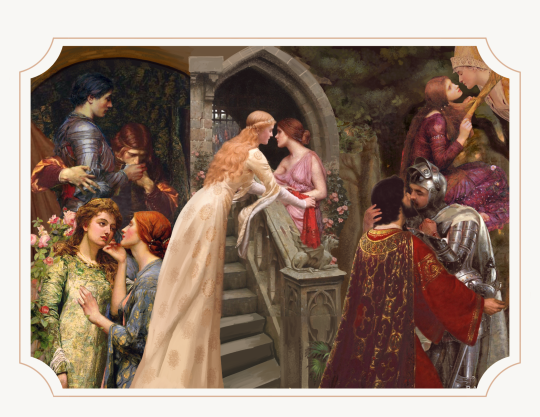

@ultravioletness I collaged your collages for funzies. Hope you like them, feel free to save em and print em or whatever. They're pngs at 11"×8.5" and 300 dpi before tumblr compression. You're work is very inspiring!
#xylinthia collage#collage#collage art#Pre-raphaelites#preraphaelites#pre raphaelite#gay#lgbtq#gay knight#gay knights#lesbian#medieval#literary knight#waterhouse#millais
102 notes
·
View notes
Text

John William Waterhouse RA (Italian-born English, 1849-1917) A Sick Child Brought into the Temple of Aesculapius, 1877
#John William Waterhouse RA#John William Waterhouse#italian#italy#italian art#english#england#english art#1800s#art#fine art#european art#classical art#europe#european#fine arts#oil painting#europa#mediterranean#southern europe#aesculapius#a sick child brought into the temple of aesculapius#waterhouse
71 notes
·
View notes